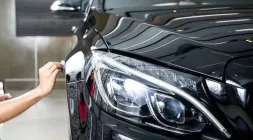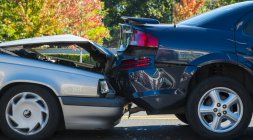7 Tips in Conquering Mountain Driving in the Philippines
Keep reading to know how to drive uphill and downhill roads carefully and safely.
One of the guilty pleasures of anyone living in Manila, during rest days, holidays or weekends is a quick getaway in the nearest cooler, mountainous countryside just to temporarily escape the busy and hectic city life. Most popular sites to go to during these quick getaways are Baguio and Tagaytay, in the North and the South, respectively.
Growing up in the South, our family almost always goes to Tagaytay every or every other weekend, as it’s only a couple of hours away from where we lived before. Nothing beats the smell of fresh, cold air while looking over the infamous Taal Volcano and sipping a cup of hot chocolate or kapeng barako, or even eating a sweet and spicy tapsilog or bulalo. This feeling surely overshadows the stress that the busy Manila life gives us every single day.
Of course, when you go to Baguio or Tagaytay since it’s in the mountains, it’s not going to be as easy like city driving. You will encounter a lot of uphill and slopes, which could be pretty difficult especially if you are driving a car with a manual transmission. This would be more difficult if you are experiencing traffic as you go up the hill and you are in a hanging or suspended position. It takes an experienced driver to conquer these uphill and downhill roads smoothly.
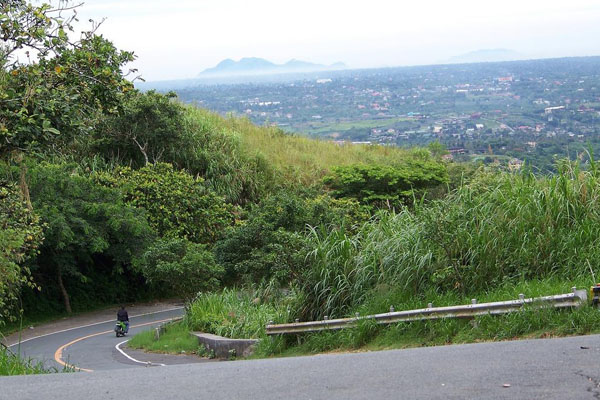
Tagaytay's slopes can be quite steep and dangerous especially if the roads are wet and slippery
We at Philcarnews.com know how important these quick getaways are for all of you who have been working in the city five or six days a week. This might be the best and most convenient way of destressing and temporarily forgetting work and somehow enjoy your life as a human. To ensure a smooth driving experience uphill and downhill, we are giving you some helpful tips.
Tips on How to Successfully and Happily Drive Along Hilly Roads
Don’t spoil your rest day, weekend or holidays getaway by driving inefficiently along up and down roads. Here are some tips that will help you conquer the mountains with ease and comfort.
1. Always get the engine ready
There’s a sure drop in temperature when you go uphill – and the best way to prepare your car for this journey is to warm the engine up properly until it reaches a normal operating temperature that allows it to produce the power it requires to climb uphill.
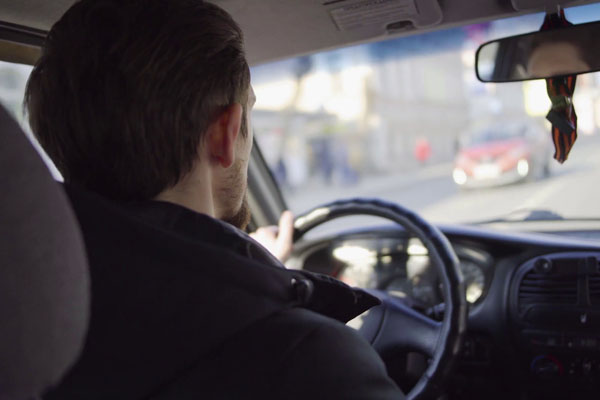
Give your car time to warm up properly before bringing it into action by driving uphill or downhill
If your car isn’t quite ready upon ascending then you may experience problems along the way like difficulty in accelerating as the engine is not powered up as it should be.
2. Shift into lower gear if your car is having difficulty ‘paahon’
If you feel that your car is having a hard time to climb up a steep hill, you have to shift to a lower gear so you can maintain a consistent speed. This will also lessen the struggle of your engine to give enough power.
3. Turn off the air conditioning if you’re going up a steep hill
I know this may sound totally off, but this is actually useful. Driving uphill already puts an insurmountable amount of stress on your engine, so it will just double up if you are using your air conditioning system as you go uphill.
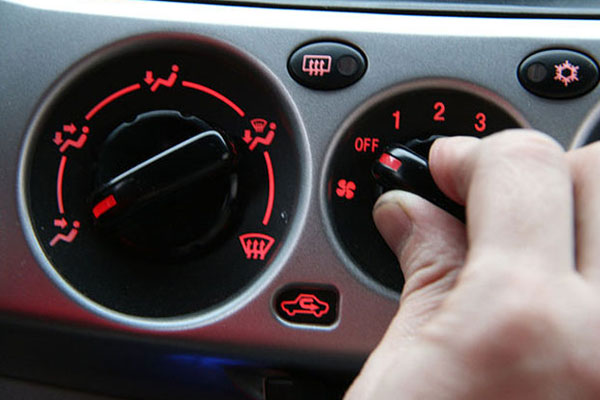
Turn off air conditioning when ascending a hill can alleviate some stress placed on the engine
One stress on the engine would be enough – so to lessen the engine’s work, turn off the air conditioning in the meantime and when you get to a better and more stable spot on the hill, then you can use the A/C again. Anyway, the temperature is colder up in the mountains, so who would need a cool breeze from the A/C anyways?
4. Adapt yourself and your car to the driving conditions
If you don’t have enough space to gain momentum when driving along hilly roads, you can instead rev your car up to gain the momentum you need for driving and take off. Utilize all the spaces available, no matter how small they are, as you can still use them to take off.
5. Cool the engine down
After you have successfully conquered the uphill terrain, and you have reached the top, it’s time to somehow reward your car for all the hard work it did just to get you to that mountaintop where breathtaking views can be seen.
So, let your engine rest for a bit and let it cool down by letting it idle for a few minutes, which will also help to minimize the chance of overheating.
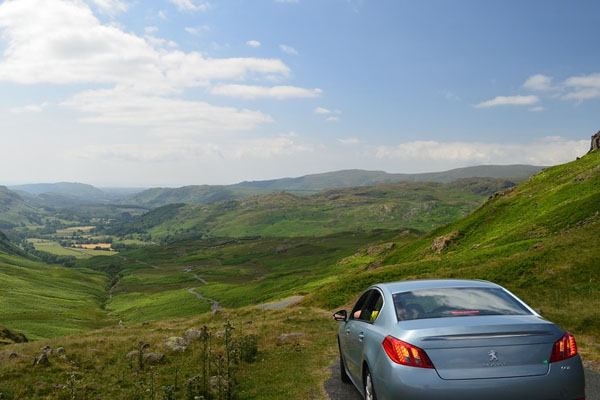
After ascending up the hill, let your engine rest for a bit before traversing the hilly slopes
If you’re going to stay atop the mountain for quite a while, let the engine rest for a longer period of time by turning off the engine as you park it somewhere safe. Just remember to give it some time to warm up again later before you start your journey downhill, this time tackling steep slopes.
6. Just step on the brake
In unfortunate cases of engines stalling as you take the climb, you might get into a panic mode thinking that your vehicle may roll down the hill since you’re stuck in an awkward, hanging position. Don’t fret – just step on the brakes, or you can also use the handbrake to ensure your safety.
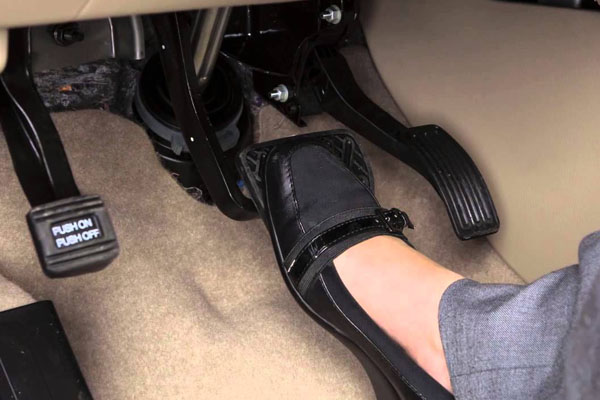
Brake will be your best friend when going uphill and downhill - make sure you use them properly at the right time
Then you can follow these steps: you can now start your car, step on the clutch, then shift to first gear. Afterward, release the handbrake and then step on the gas so you can move forward again. To keep things rolling, you have to calm yourself and focus on what you need to do so you can get out of the uphill awkward position.
7. Utilize your engine and transmission when going downhill
Instead of wearing out the brakes, you can use your engine and transmission to slow your car down while you are making your descent and traversing the downhill roads. If you are using an automatic transmission, you can shift to “2” or “L”, while if you are using a manual transmission vehicle, stay on the lower gear.
This will let your engine’s slowing power to do the work rather than the brakes. But, if you need to use the brake, step on it firmly rather than little and slow to avoid overheating and brake failure.
>>> Click here to get more helpful tips and advice for your safe driving
RECENT ARTICLES



